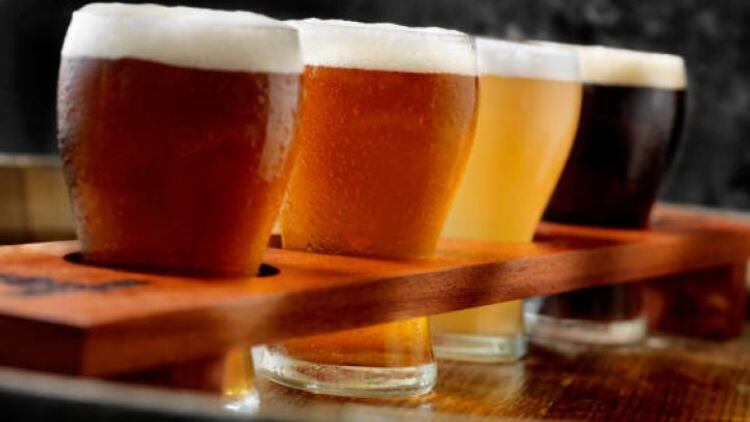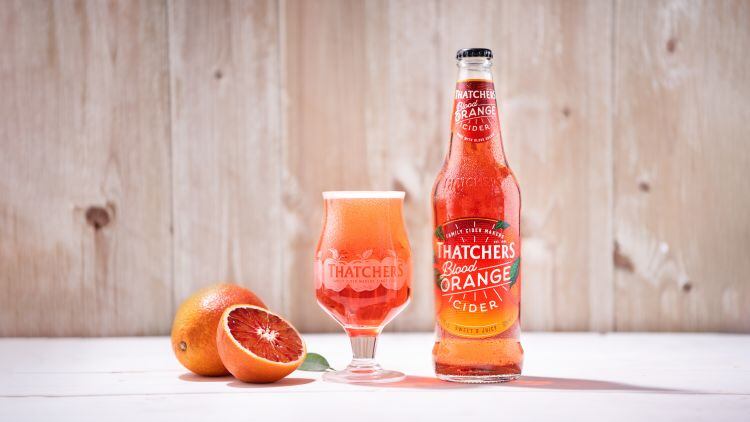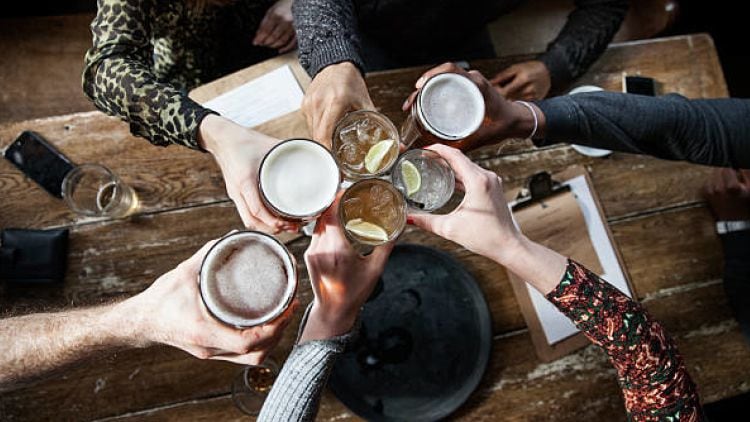In the UK, the definition of what makes craft beer is fairly broad but generally speaking, craft beer is made as small batch serves at local breweries, with CGA basing its definition of craft on being higher priced, having modern branding and the general consumer perceiving a beer brand to be craft, as to not excluding large brewery-owned brands.
This is evident by the most popular beer brands over the past two years having been larger breweries with Camden Hells being crowned the most popular craft brand in terms of sales in 2020 and BrewDog in 2019, according to Statista.
CGA client director Paul Bolton said: “We do know contextually craft consumers consider things like independence and locally brewed to be important, with the macro trend of locality in particular helping the category post-lockdown.
Supporting local businesses
“This is reflected in the success of tap rooms/bottle shops, with consumers drawn to closer venues in the initial stages of reopening but also having a willingness to support local businesses through the pandemic.
“This has spread further afield though, with major pub chains realising suburban outlets, as well as the traditional heartland of city centres, require a similarly high-quality range wherever they go, which is particularly relevant given home and hybrid working.”
Covid has certainly changed the craft beer market, including the way in which consumers are served craft, following cask volumes being decimated in 2020 and 2021 with recovery unlikely in the short to term.
The number of Society of Independent Brewers (SIBA) members’ beer going into cans, for example, has more than tripled since 2019 and a third of its members launched a webshop for the first time during the pandemic, according to the SIBA 2022 Craft Beer Report.
On-trade recovery
Furthermore, as of April 2020, Statista revealed 82% of independent breweries experienced a drop in sales due to Covid with just 1,852 active microbreweries in the same year.
In terms of the size of the market, craft made up 8.9% of value and 7.1% of volume of beer on the latest quarter (OPMS to end of 2021), both of which were up due to consumers looking for higher quality, premium brands on their return to the on-trade.
SIBA head of comms and marketing Neil Walker said: “What’s clear is over the last year consumers have become increasingly aware of supporting local businesses, and many have sought out new craft beers from their local breweries to try.
“Research from SIBA’s 2022 Craft Beer Report also shows when consumers think of craft beer, they are thinking of flavoursome beer from a small independent brewery, not a global brewer.
“While at home drinking has boomed during periods of lockdown the report also shows a thirst for local craft beers to be available in local pubs, which bodes well for the recovery of the on-trade.”





